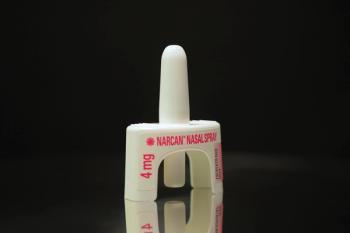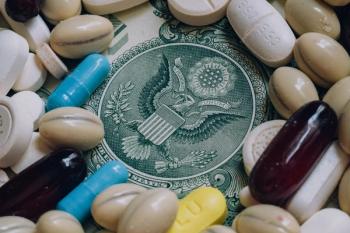
Opioid Use Disorder Medication Initiation After ED Visits for Overdose Remains Low
A study from the University of Michigan found that only 1 in 6 emergency department visits for an opioid overdose in the United States result in a prescription for buprenorphine, methadone, or extended-release naltrexone.
Over 80000 people in the United States died from an opioid overdose in 2021, but new research from investigators at the University of Michigan says that many of these deaths could have been prevented if more patients were prescribed life-saving medications.1
There are only 3 medications currently approved by the FDA to treat opioid use disorder (OUD), buprenorphine, methadone, and extended-release naltrexone. Researchers found that they are rarely prescribed among patients with Medicaid coverage following emergency department visits for an opioid overdose.
“Prior studies…have found that treatment initiation remains limited following emergency department visits for opioid overdose,” the authors wrote. “A variety of barriers contribute to low rates of treatment initiation, including an inadequate number of professionals offering treatment in the community, gaps in OUD medication training and resources for health providers, and ineffective referral systems for addiction care between emergency departments and outpatient treatment facilities.”
For the study, the team of investigators searched nationwide Medicaid claims data for initiation of medications for OUD following an emergency department visit for opioid overdose. The study included nearly 72000 Medicaid beneficiaries aged 12 to 64 years who visited an emergency department for an opioid overdose in 2018.
Researchers defined treatment initiation as receiving a prescription by any provider for 1 of the 3 FDA approved medications for OUD within 30 days of discharge.
They found that only 1 in 6 emergency department visits resulted in a prescription for 1 of the 3 medications within 30 days. Treatment initiation rates were also found to vary widely by region. In the Northeast, 24% of emergency department visits resulted in a prescription, followed by 15% in the South, 15% in the West, and 13% in the Midwest.
The investigators noted that further research is needed to better understand the impact of initiation rates. They also shared several considerations for policymakers, including improving access to addiction care through telemedicine, providing resources to hospitals to encourage treatment initiation models of care, and adjusting prior authorization requirements for clinicians to prescribe any of these medications.
"There are nearly 2 million opioid-related visits to emergency departments in the US each year," Thuy Nguyen, lead author on the study, said in a release.2 "The fact that less than 1 in 6 ED visits resulted in filling prescriptions of medications for opioid use disorder suggests that crucial opportunities to prevent opioid overdose deaths are being missed for Medicaid patients."
Reference
1. Nguyen T, Chua K-P, Jiao Y, et al. IHPI Brief: Use of Medications for Opioid Use Disorder After Overdoses Among Medicaid Enrollees. University of Michigan Institute for Healthcare Policy and Innovation. September 2023. Available at: https://dx.doi.org/10.7302/8133
2. Lifesaving addiction medications are rarely started following opioid overdose emergencies. News Release. University of Michigan. September 18, 2023. Accessed September 27, 2023. https://sph.umich.edu/news/2023posts/lifesaving-addiction-medications-are-rarely-started-following-opioid-overdose-emergencies.html
Newsletter
Pharmacy practice is always changing. Stay ahead of the curve with the Drug Topics newsletter and get the latest drug information, industry trends, and patient care tips.





















































































































































